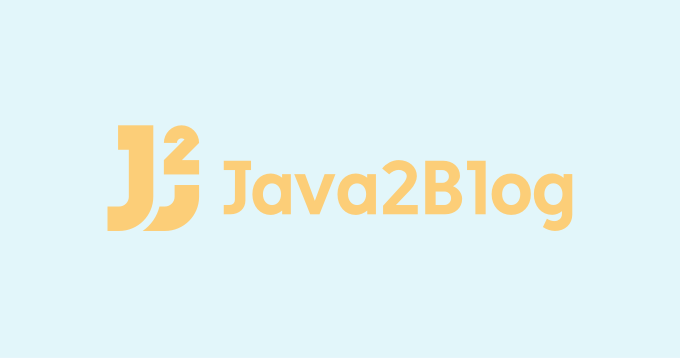Python


 18 May
18 MayGet Hour from datetime in Python
1. Introduction to the Problem Statement In many applications, especially those dealing with scheduling, logging, or time tracking, it’s crucial to extract specific components from a datetime object, such as the hour. Python, with its robust datetime module, simplifies this task. Scenario: Consider we have a Python datetime object representing a specific moment, say 2023-11-27 […]
 18 May
18 MayPrint Generator Object in Python
1. Introduction to the Problem Statement In Python, generators are a powerful tool for creating iterators in a memory-efficient way. A generator function uses the yield statement to produce a sequence of results lazily, meaning that it generates items one at a time and only as required. However, printing the contents of a generator object […]
 18 May
18 MayConvert Generator to List in Python
1. Introduction to the Problem Statement In Python, generators are efficient for creating iterators, especially for large datasets, due to their low memory footprint. However, there are scenarios where we might need to convert a generator to a list, such as for random access or data manipulation that requires a list structure. This article explores […]
 18 May
18 MayAdd Dictionary to Dictionary in Python
In this post, we will see how to add dictionary to dictionary in Python A dictionary in Python is used to store elements in the form of key-value pairs. The keys can access the corresponding values and should be unique. With Python 3.6, dictionaries also preserve their order. This was not the case in the […]
 18 May
18 MayConvert Month Name to Number in Python
In this post, we will see how to convert Month name to number in Python. When representing a date in Python, the user can decide what way they want to show it. The month, in general, can be represented either by its name/abbreviation or even by a number corresponding to that particular month. Therefore, it […]
 18 May
18 MayReturn True or False in Python
1. Overview Python, renowned for its simplicity and readability, offers various ways to evaluate conditions and expressions as True or False. This comprehensive guide covers these methods in detail, providing code examples and explanations to enhance your understanding and application of these concepts in Python programming. 2. Basic Boolean Expressions Simplest at their core, basic […]
 18 May
18 MayAdd Hours to datetime in Python
This tutorial discusses how to add Hours to datetime in Python. datetime in Python To work with date and time values, we can use the datetime module provided in Python. With this module, we can create datetime objects that have different attributes for storing the day, month, year, hour, minutes, seconds, and milliseconds. We can […]
 18 May
18 MayHow to Replace Word in String in Python
In this tutorial, we will to how to replace word in string in Python. Strings represent a sequence of characters. In Python, they are immutable, which means that we cannot edit or modify strings. Whenever we perform any operation of modifying a string, we are creating a new copy. We will discuss how to replace […]
 18 May
18 MayHow to Count in Python Loop
This tutorial discusses about how to count in Python loop. In Python, we have many objects that can be treated as iterable. An iterable is an object like a list, tuple, or any other sequence of elements that can be iterated using a simple for loop. Counting in a loop means making a note of […]



